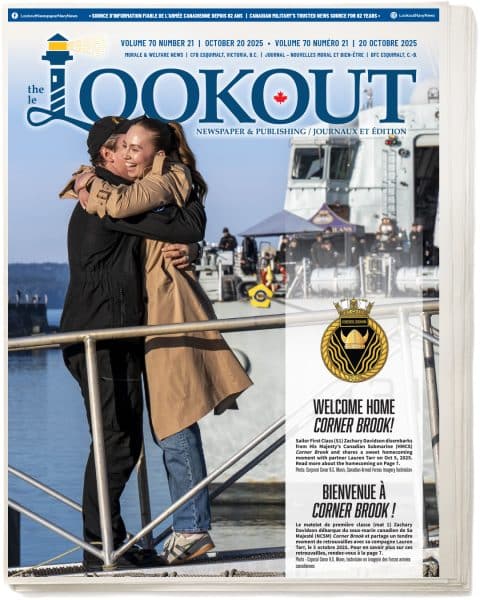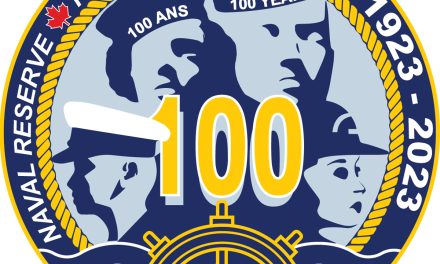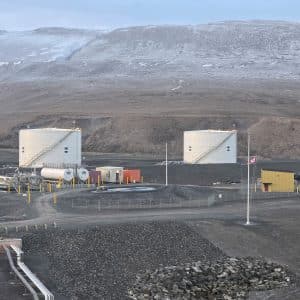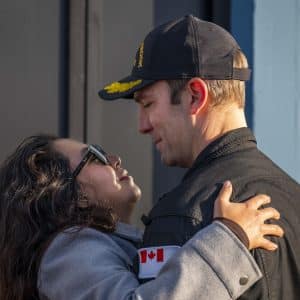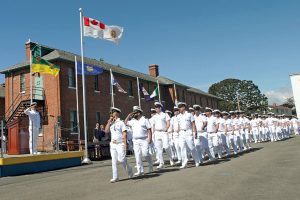
Sailors march past the Reviewing Officer, Commander of Maritime Forces Pacific, Rear-Admiral Gilles Couturier, during the Naval Personnel and Training Group Change of Command parade at Work Point, Canadian Forces Base Esquimalt, on July 6. Photos by Cpl Stuart MacNeil, MARPAC Imaging Services
Sonya Chwyl, MARPAC Public Affairs ~
Last Wednesday, Maritime Forces Pacific’s finest was on full parade to mark the reconfiguration of the Naval Training Development Centre (Pacific) and Naval Fleet School (Pacific).
The large-scale parade was accompanied by the Naden Band, and followed by a formal renaming and change of command, during which Commander S.E. Hooper took command of the Naval Training Development Center (Pacific), while Commander Todd Bonnar took command of the Naval Fleet School (Pacific).
The ceremony signalled the next step in the RCN’s Future Naval Training System initiative, which will re-configure five training centres across Canada into three campuses in Halifax, Esquimalt and Quebec.
“This is the inception of a new organizational structure,” said Rear-Admiral Gilles Couturier in a speech following the parade. “Today, we’re celebrating the implementation of modern training aligned across three campuses.”
The new structure – a “system of systems,” according to RAdm Couturier – will leverage emerging technology to generate efficiency and support operational excellence.
In Esquimalt, the newly-named Naval Fleet School (Pacific) will deliver individual and career courses, while the Naval Training Development Center (Pacific) will be the RCN’s Center of Excellence for engineering, damage control, command, leadership and professional development curriculum and courseware development.
The schools will allow Regular and Reserve Force sailors to train at home or at their own units in a shorter time span by completing coursework through a blend of traditional classroom learning, distance education, virtual tools and hands-on experience.
“We’re seeking to train officers where they live,” said RAdm Couturier. “Through modernization, we believe we can reduce course length by thirty percent.”
Innovative training methods, such as virtual ship models and bridge simulators, will help prepare sailors for work on board the RCN’s forthcoming Arctic Offshore Patrol Ships, Joint Support Ships and Canadian Surface Combatants. In addition, upgraded Damage Control trainers in Esquimalt will give sailors the chance to feel the heat of fighting a fire up close, while universal classrooms will allow synchronous instruction for students on both coasts.
“Although these changes appear large, they are consistent with what other navies are doing, and where the RCN is headed,” said RAdm Couturier. “We’ve done it before, and we know what we’re doing.”
In 2012, the Naval Personnel and Group (NPTG) was created to oversee, coordinate and command naval training. After extensive research, the NPTG developed a Future Naval Training System Strategy.
A similar renaming ceremony was held on June 29 at Naval Fleet School (Quebec), and another will be held on July 15 at the new Atlantic Campus in Halifax.
